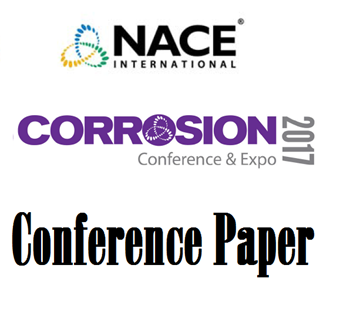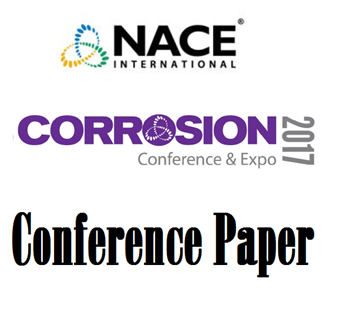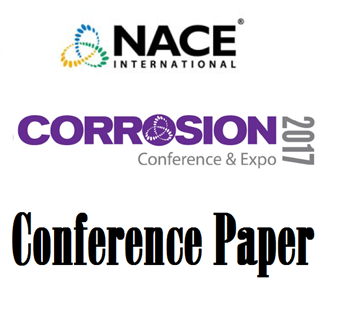Search
Products tagged with 'heat exchanger'
View as
Sort by
Display
per page
Kinetic and Morphological Investigation of Calcium Sulfate Dihydrate (gypsum) Scale Formation on Heat Exchanger Surfaces in the Presence of Inhibitors
Product Number:
51317--9020-SG
ISBN:
9020 2017 CP
Publication Date:
2017
$20.00
Novel Heat-Conducting “Metallic” Coatings Against Biofouling And Biocorrosion
Product Number:
51322-18178-SG
Publication Date:
2022
$20.00
Novel Thin-Sol-Gel Coatings for Biofouling Prevention and Easy Removal
Product Number:
51323-19037-SG
Publication Date:
2023
$20.00
RP0189-HD1995-SG Online Monitoring of Cooling Waters-HD1995
Product Number:
21041-HD1995
Publication Date:
1995
$179.00
SP0189-2013-SG (formerly RP0189), "Online Monitoring of Cooling Water Systems"
Product Number:
21041-SG
ISBN:
1-57590-159-5
Publication Date:
2013
$109.00
TM0286-1988, Cooling Water Test Units Incorporating Heat Transfer Surfaces
Product Number:
53058-HD1988
Publication Date:
1988
$179.00
TM0286-HD1994-SG Cooling Water Test Unit Incorporating Heat Transfer Surfaces-HD1994
Product Number:
21219-HD1994
Publication Date:
1994
$179.00
Understanding the Total Cost of a Corrosion Issue in the Oil and Gas Industry
Product Number:
51317--9286-SG
ISBN:
9286 2017 CP
Publication Date:
2017
$20.00
UNS S32707 Combined to UNS S31266; An Alternative to Titanium for Seawater-Cooled Heat Exchangers
Product Number:
51317--9421-SG
ISBN:
9421 2017 CP
Publication Date:
2017
$20.00









